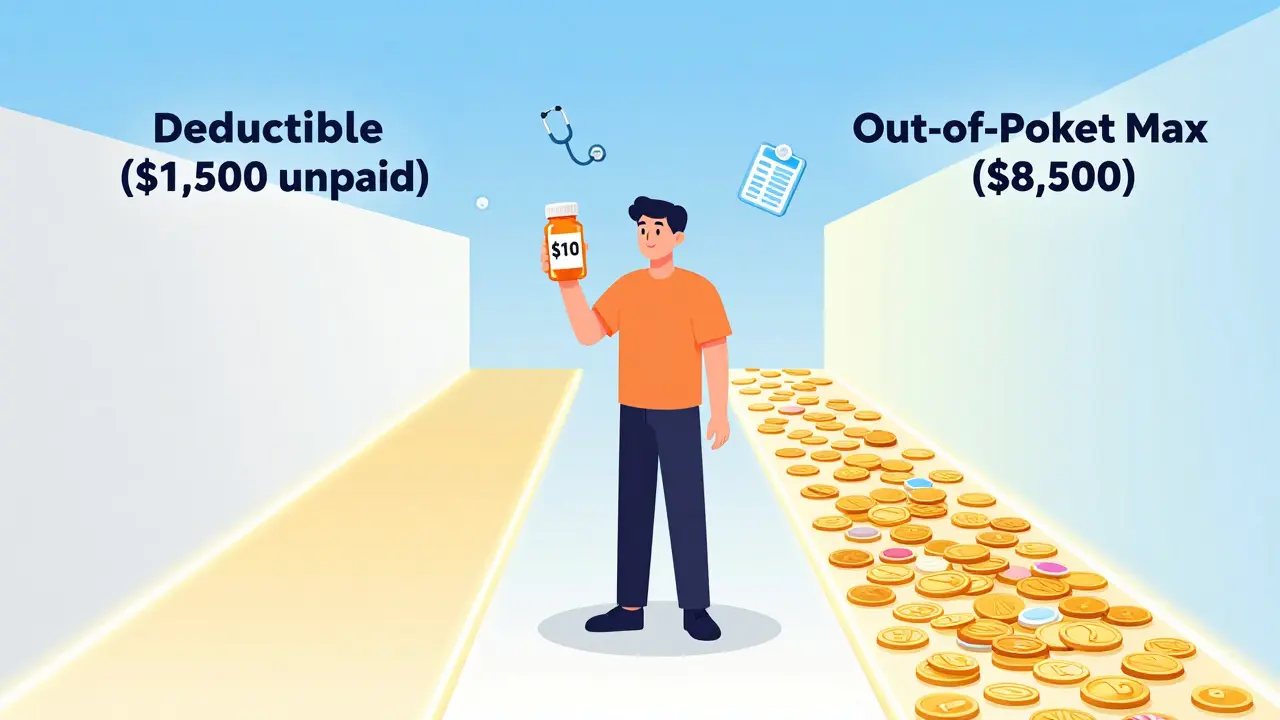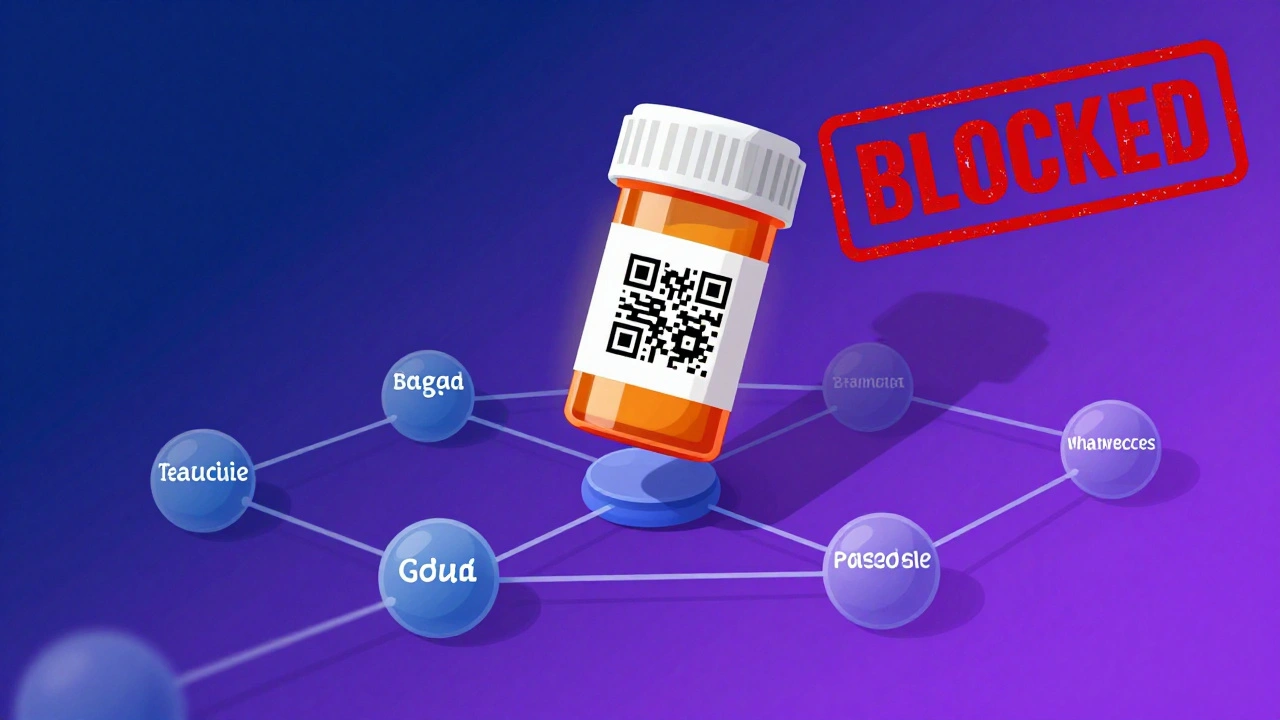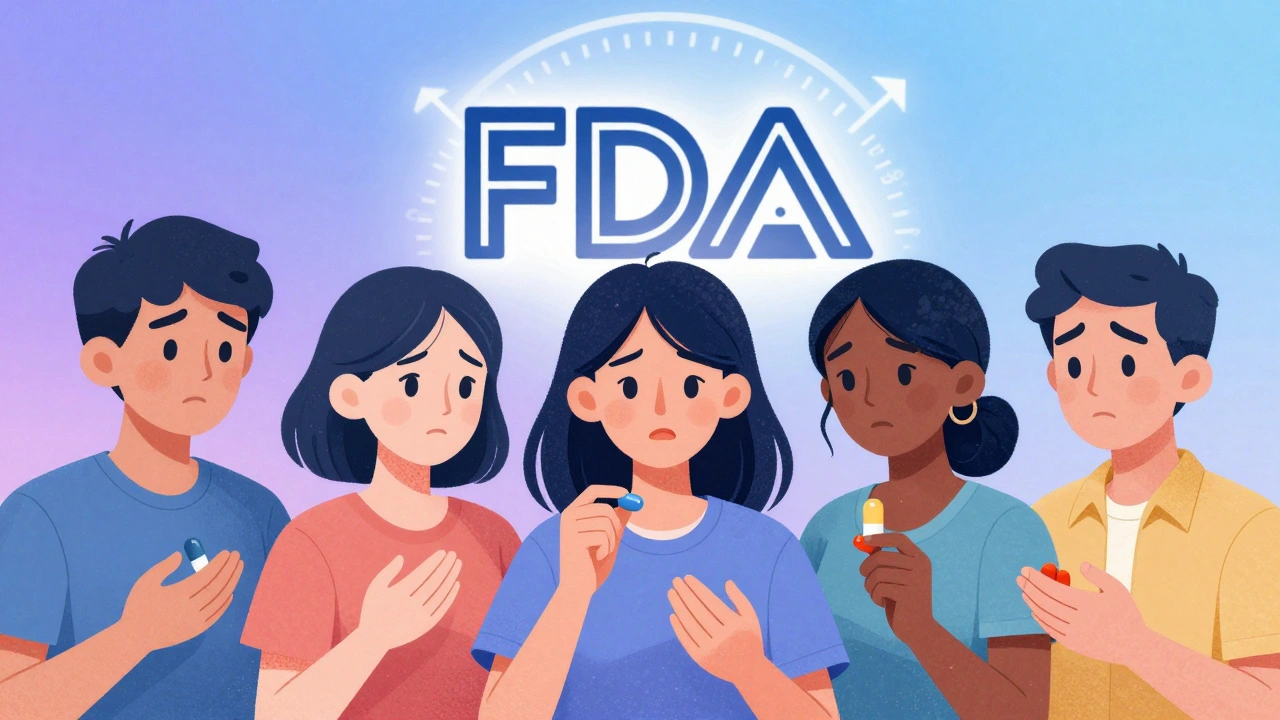Zantac (ranitidine): why it disappeared and what to use now
If you used Zantac for heartburn, ulcers, or reflux, you probably noticed it vanished from shelves. That happened because regulators found a contaminant called NDMA in some ranitidine products. The U.S. FDA and many other agencies asked manufacturers to stop selling it, and most ranitidine brands were withdrawn in 2019–2020.
That doesn’t mean you have no options. There are safe, effective replacements and simple steps you can take today to manage symptoms while you work with your doctor.
Why Zantac was pulled
The issue was NDMA, a probable human carcinogen when present at high levels over time. Tests showed variable NDMA amounts in some ranitidine lots, so regulators removed those products out of caution. The recall was about specific batches and long-term risk, not a sudden short-term danger from a single dose.
If you still have ranitidine at home, don’t flush it without checking local disposal rules. Ask your pharmacist or doctor whether you should stop it and how to switch safely.
Safe alternatives and quick next steps
There are two main groups of replacements: H2 blockers and proton pump inhibitors (PPIs). H2 blockers work like ranitidine but are different drugs. Famotidine (brand: Pepcid) is the most common substitute you’ll see OTC. PPIs — such as omeprazole, lansoprazole, and pantoprazole — reduce stomach acid more strongly and are often used for chronic reflux or healing ulcers.
Which one to pick? Quick guide:
- Mild, occasional heartburn: try antacids first for symptom relief, then famotidine if you need longer effect.
- Frequent or severe reflux (more than twice a week): talk to your doctor about a PPI for a limited course or prescription dose.
- Ulcer care or H. pylori treatment: follow your provider’s plan — PPIs are commonly part of that regimen.
Always check interactions. If you’re on blood thinners, certain heart meds, or HIV drugs, tell your prescriber before switching. Don’t stop a prescribed acid-reducing medicine without medical advice.
Buying meds online? Use licensed pharmacies only. Look for a real address, pharmacist contact info, and verified reviews. Avoid sites that sell prescription meds without asking for a prescription or that offer unrealistic discounts. Our site has guides on spotting safe online pharmacies if you want more reading.
Bottom line: Zantac was removed because of NDMA concerns, but effective and safer options exist. Talk to your healthcare provider about switching, get the right medication for your symptoms, and buy from reputable pharmacies. If you have unusual symptoms like severe stomach pain or bleeding, seek medical care right away.






